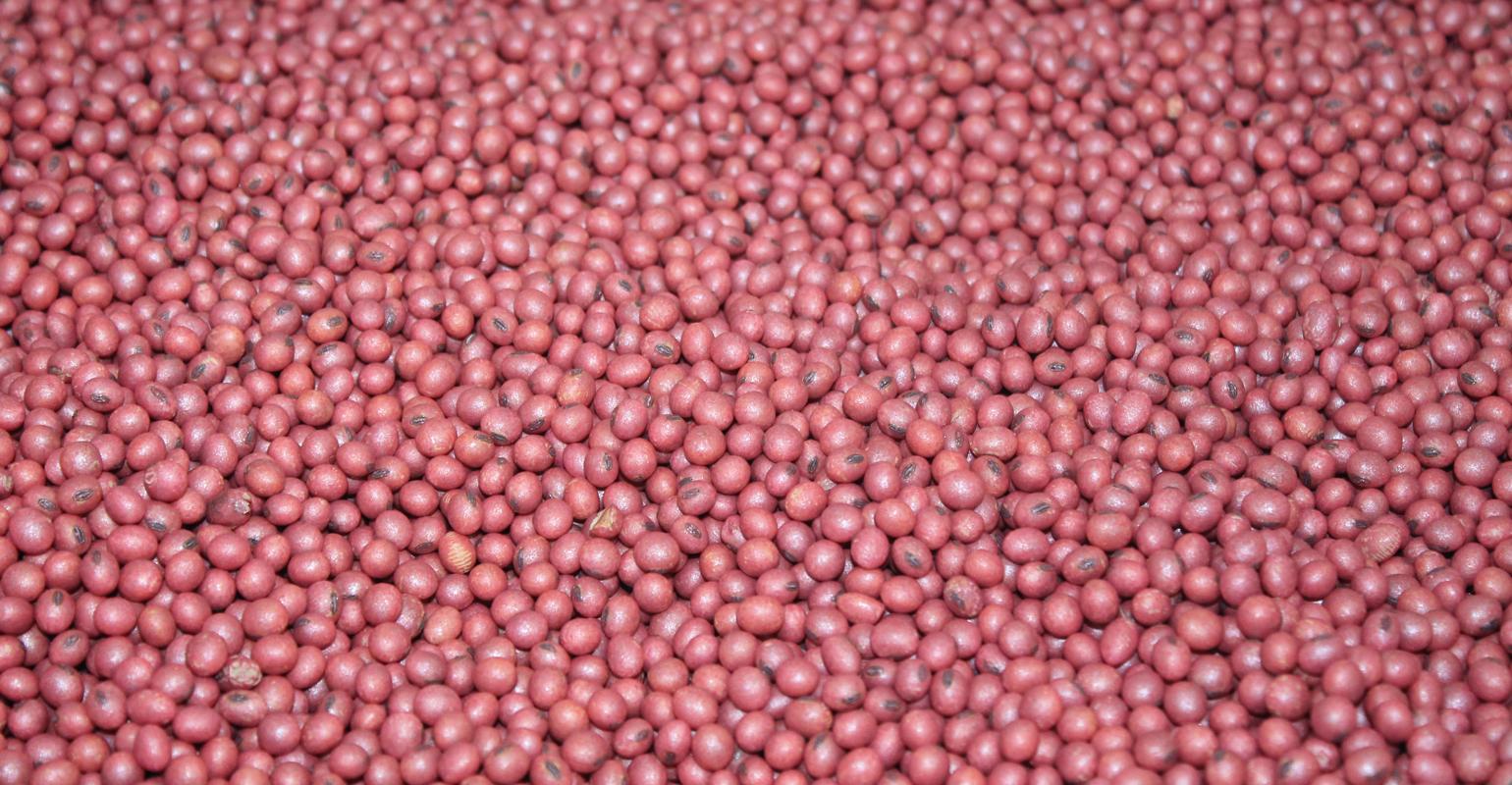Get most bang for your buck with soybean seed treatments

Soybean Pest Beat: Here’s what you should know about selecting seed treatments.
Nov 02, 2020
I’m ready to nail down soybean seed purchases. Some companies only offer treated seed. Others offer nontreated or treated, but I must pick treatments now. Can you help me sort through the seed treatment maze?
The Indiana certified crop advisers panel answering this question includes Danny Greene, owner of Greene Crop Consulting, Franklin; Jeff Nagel, agronomist with Ceres Solutions, Lafayette; and Marty Park, agronomist with Gutwein Seed Services, Rensselaer.
Greene: Seed treatments can include fungicides, insecticides, nematicides, root stimulants, nutrients and biologicals. It can be complicated. First, identify the treatments you need for each field. For fungicides, if you plant early, consider treatment. If you typically plant when soils are warm, then treatment will be less helpful. Fungicides alone range from basic to broad spectrum.
Gauge your decisions on field experience whenever possible. Have your stands and yields suffered when you didn’t use treatment X? Look into university or independent testing to help you sort through the value of treatments. Have you ever tested the treatment where you thought it might help? If not, put out test strips to help you answer that question for next year. Your CCA can help you set up a test.
Nagel: Soybean seed treatments have become a standard practice as farmers have pushed planting dates earlier. Sorting through brand names, active ingredients and rates can be a little challenging. Check out What’s on your seed? It can help sort out brand names versus active ingredients. Once you know, ask what product rates are in the treatment.
- Fungicides. These are the backbone and provide protection against early-season seedling blights like pythium, phytophthora, fusarium, phomopsis and rhizoctonia. They usually provide about three weeks of protection. I would always include a fungicide seed treatment. Rates of active ingredients are important for effectiveness. Confirm what you’re purchasing and for what pathogens. If sudden death syndrome is a target pathogen, add Saltro or Ilevo.
- Insecticides. The goal is early-season protection against overwintering bean leaf beetles and seed corn maggots. You’re most likely to see a benefit with early planting, in terminated cover crop fields where residue is decaying and in manured fields.
- Inoculants. Many contain a growth promoter. A benefit is more likely in continuous cornfields now going to soybeans, rotation fields that are sandy or low in organic matter, and high-yield systems.
- Nematicides. Target fields with a history of higher soybean cyst nematode numbers, or where variety rating on SCN is average or below. Ilevo and Saltro provide some nematicidal activity.
Park: Seed treatments just “protect” genetic potential. So, get the best genetics for your farm and the way you farm it. Then work through seed treatment choices, thinking about what your needs are and the cost-to-value that treatments provide. As growers reduce planting populations, there is greater importance that each seed turns into a productive plant.
I’m a firm believer in fungicide treatments, even if you’re not an early planter. Some companies require them to qualify for replant coverage. Then think about your own specific needs and field history. If you have a history of SDS, consider a seed treatment for that disease, especially if planting early. If you plant early into a lot of residue, consider adding an insecticide. If you fight nematode pressure, you might add a nematicide. If the field hasn’t had soybeans for several years, an inoculant would be a wise choice.
Ask about the cost of each treatment. Current economics might not allow putting everything that’s available on the soybean.

